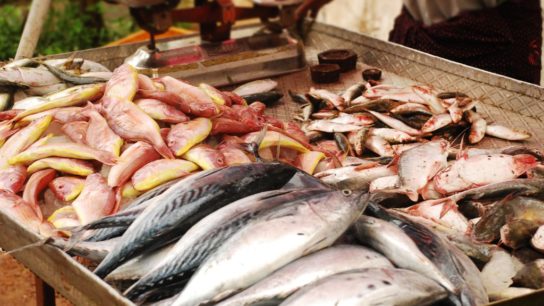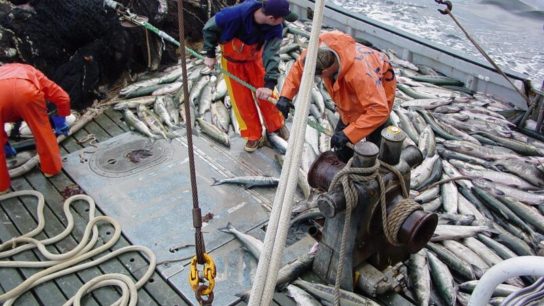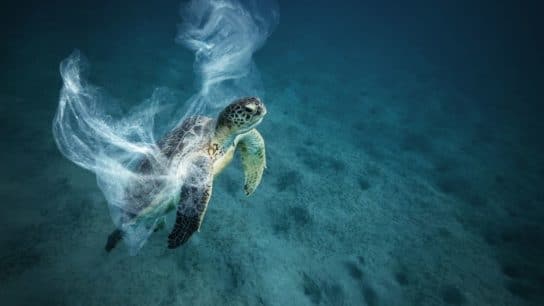The world’s largest coral reef system experienced a burst of colours and life in its annual coral spawning event, showing signs of recovering following major coral bleaching events over the past decade.
—
What is Happening?
- A massive coral spawning event saw billions of offspring released into the Pacific Ocean off the coast of Cairns, Queensland.
- The annual coral spawning in the Great Barrier Reef inspired new hope in its recovery despite ongoing ecological threats.
The Great Barrier Reef has “given birth” in a massive spawning event last week, prompting many marine biologists to be hopeful for the recovery of the world’s largest coral reef system following major coral bleaching events in 2016 and 2017.
The annual coral spawn occurs every year after the November full moon, and usually lasts for two to three days. Different coral species synchronise the release of their sperm and eggs, which are then fertilised as they float to the water’s surface. These eventually develop into larvae and settle back into the coral reef system and form new coral colonies.
This year, the event took place on November 19 and saw billions of offspring casted into the Pacific Ocean off the Queensland state coastal city of Cairns, creating a scene not unlike the inside of a snow globe.
The world’s coral reefs have been one of the earliest victims of climate change. The planet has already lost 14% of total coral cover between 2009-2018 due to rapid increases in sea surface temperatures and ocean acidification. These conditions, as a result, disrupt the symbiotic relationship between the reefs and algae that lives within it, effectively driving away the algae, leaving behind white exoskeletons in its wake. The Intergovernmental Panel on Climate Change (IPCC) report also projected that 99% of coral reefs will decline should the global temperature increase up to 2C above pre-industrial levels. The planet is currently 1.1C warmer.
You might also like: 5 Coral Reefs That Are Currently Under Threat and Dying
The Great Barrier Reef in particular, which is a network made up of 2,500 reefs covering 348,000 sq km, has been significantly impacted from coral bleaching events in 2016, 2017 and 2020. These life-threatening bleaching episodes cost the Great Barrier Reef two-thirds of the cover.
The rapid decline of the health of the coral reef has also prompted UNESCO to recommend the world heritage site to be listed as “in danger” while urging Australia to address threats from climate change. The Australian government however, managed to block the downgrade and postponed a decision until 2022.
However, this recent massive spawning event has inspired new hope that the coral reef system is regenerating despite ongoing ecological threats.
“Nothing makes people happier than new life – and coral spawning is the world’s biggest proof of that,” Australian marine biologist Gareth Phillips with Reef Teach, said in a statement via Queensland Tourism and Events. “It’s a strong demonstration that its ecological functions are intact and working after being in a recovery phase for more than 18 months.”
“The reef has gone through its own troubles like we all have, but it can still respond – and that gives us hope. I think we must all focus on the victories as we emerge from the pandemic,” he adds.
Phillips and his team of marine biologists, divers, students and photographers are studying the spawning as part of a project to monitor the reef’s health, and are diving down to capture stunning footage of coral spawning off the coast of Cairns to keep tabs on this year’s coral crop.
View this post on Instagram


















